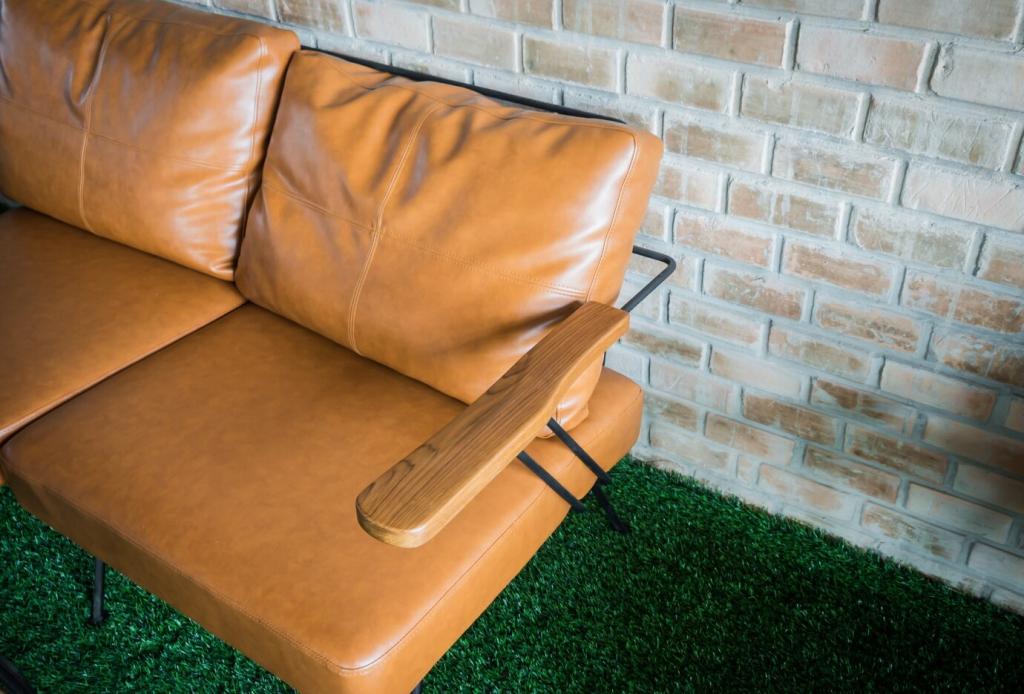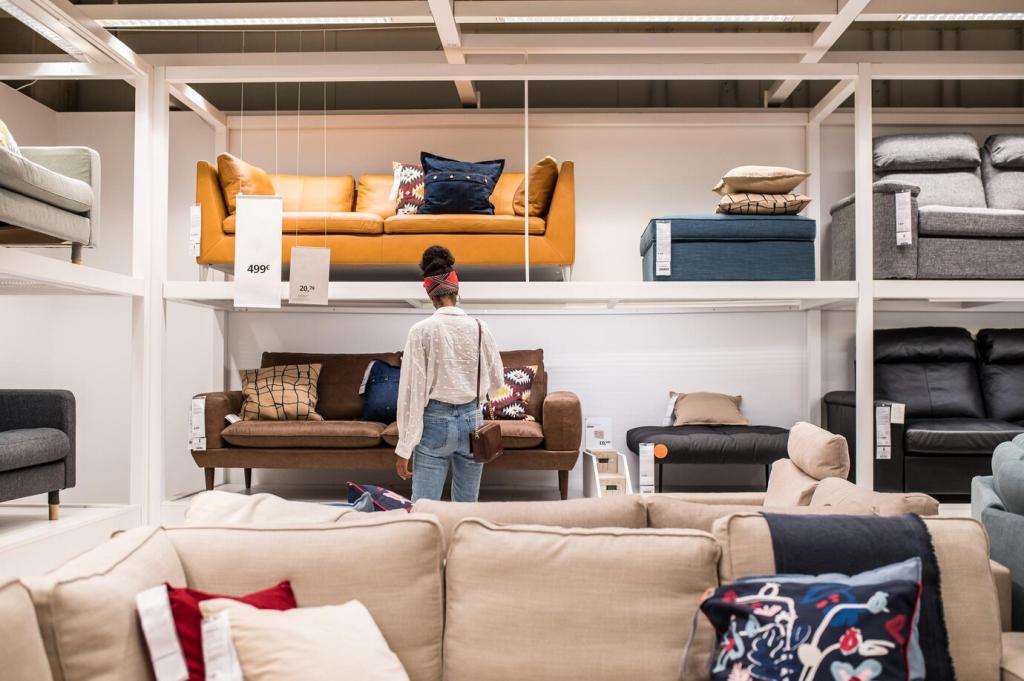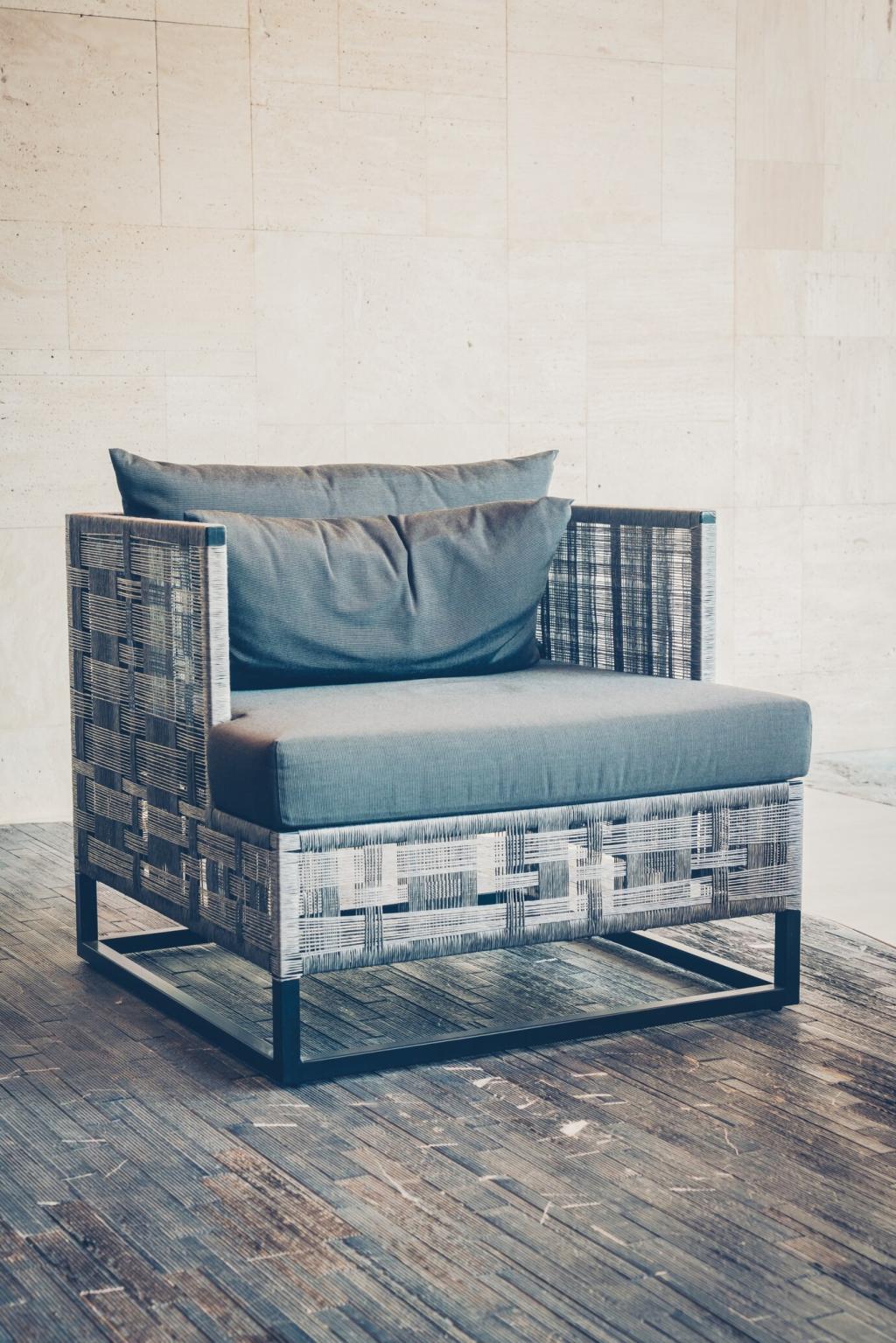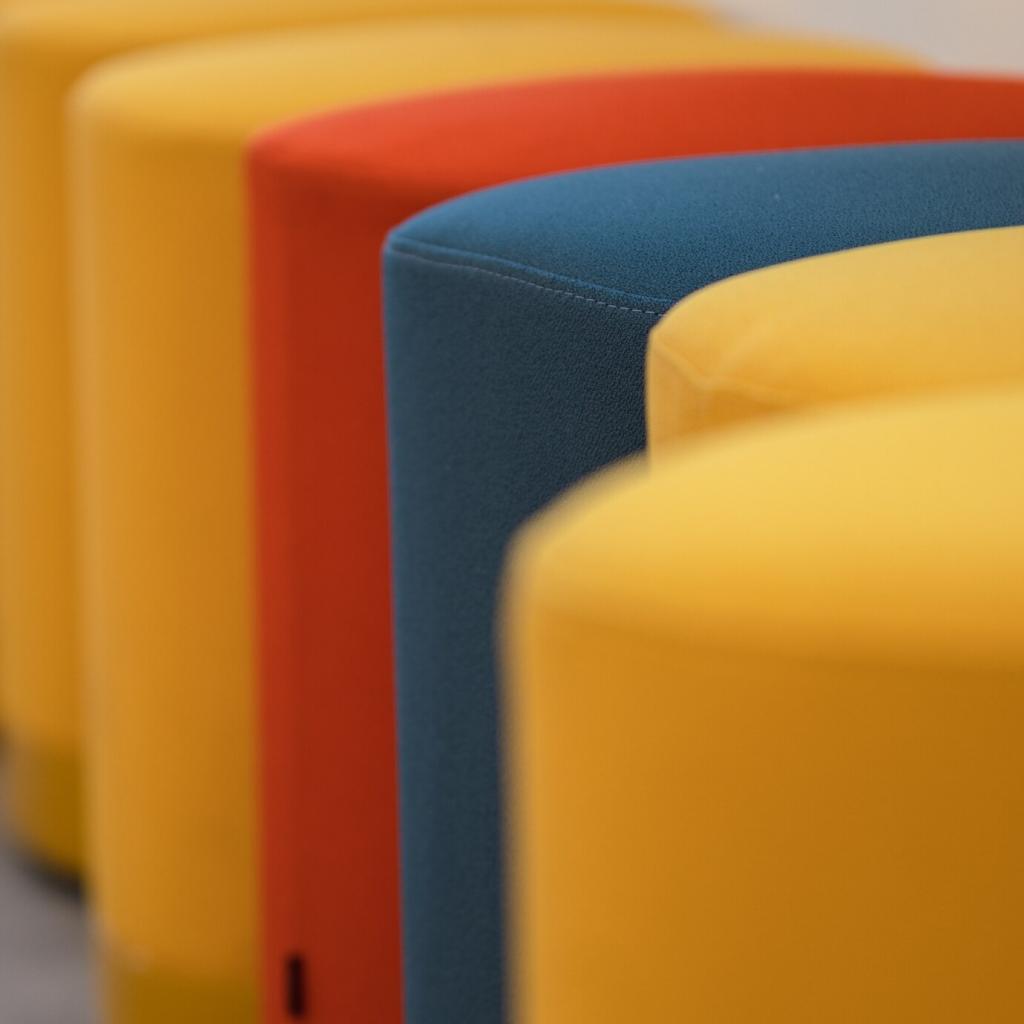Seamless Integration: Electronics That Disappear into Design
With Qi2 alignment and thin veneers, charging pads can live beneath stone or wood while maintaining efficiency. Designers test thickness, resin content, and coil positioning to keep the surface pure, so you casually set your phone down and it simply works.
Seamless Integration: Electronics That Disappear into Design
Capacitive touch through wood, rotary metal dimmers, and low-profile haptics make controls feel crafted rather than gadgety. A table edge can double as a subtle slider, transforming brightness or temperature with a satisfying, almost analog sense of control.





